Houston, Texas, has a rich history of urban development that reflects the city’s growth, economic shifts, and cultural diversity. Here is an overview of key periods and aspects of Houston’s urban development:
- Early Settlement and Founding (1836-1900):
- Houston was founded in 1836 by the Allen brothers, Augustus and John, near the banks of Buffalo Bayou. The city quickly became a hub for commerce and trade due to its strategic location and proximity to the Gulf of Mexico.
- The discovery of oil at Spindletop in 1901 marked the beginning of Houston’s transformation into an energy hub, with the city strategically positioned to benefit from the emerging oil industry.
- Oil Boom and Industrialization (1901-1940):
- The discovery of oil led to a population boom and increased economic activity in Houston. The city became a center for the oil and petrochemical industries, attracting businesses and workers.
- The Houston Ship Channel, opened in 1914, further enhanced the city’s role in trade and transportation, connecting the Port of Houston to the Gulf of Mexico.
- The growth of industry and commerce during this period influenced the development of infrastructure, including roads, bridges, and the expansion of the downtown area.
- Post-World War II and Suburbanization (1941-1970):
- After World War II, Houston experienced rapid population growth and economic prosperity. The city became a major aerospace and technology center, with the establishment of NASA’s Manned Spacecraft Center (now known as the Johnson Space Center) in 1961.
- The advent of the automobile era led to suburbanization, and the construction of highways facilitated the development of suburban communities surrounding Houston. This period saw the expansion of the metropolitan area and the rise of a car-centric urban form.
- Energy Industry Dominance (1970s-Present):
- The 1970s and 1980s saw economic challenges for Houston due to fluctuations in the oil industry. However, the city diversified its economy, with healthcare, finance, and technology becoming significant sectors.
- The skyline of Houston changed dramatically with the construction of iconic skyscrapers, such as the Williams Tower and the JPMorgan Chase Tower. The city’s economy remained closely tied to the energy sector, with the oil and gas industry playing a pivotal role in shaping urban development.
- Cultural and Economic Renaissance (1990s-Present):
- Houston has undergone a cultural renaissance, with the development of cultural institutions like the Museum District, which houses numerous museums and galleries.
- The city has embraced its cultural diversity, becoming known for its vibrant culinary scene and hosting events that celebrate its multicultural population.
- Urban revitalization efforts have focused on enhancing public spaces, promoting sustainable development, and creating a more pedestrian-friendly environment.
- Resilience and Future Development (Present and Future):
- Houston faced significant challenges, including hurricanes and flooding. Efforts to improve infrastructure and resilience against natural disasters continue.
- Ongoing urban development projects aim to enhance public transportation, green spaces, and sustainable urban planning to accommodate the city’s continued growth.
Houston’s urban development is a dynamic narrative shaped by economic forces, technological advances, and a diverse population. The city continues to evolve, embracing its past while adapting to the changing needs of its residents and industries.

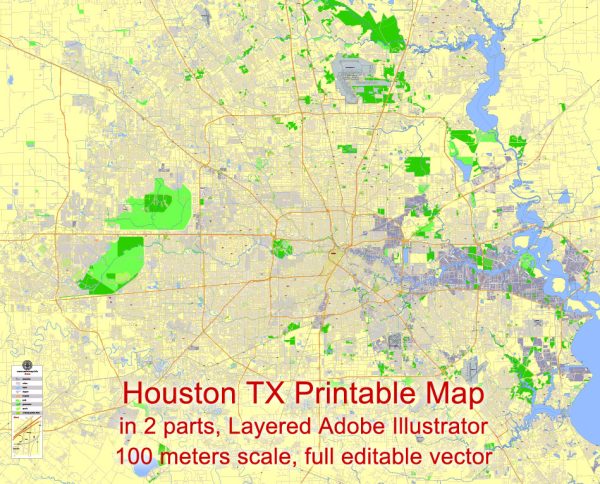
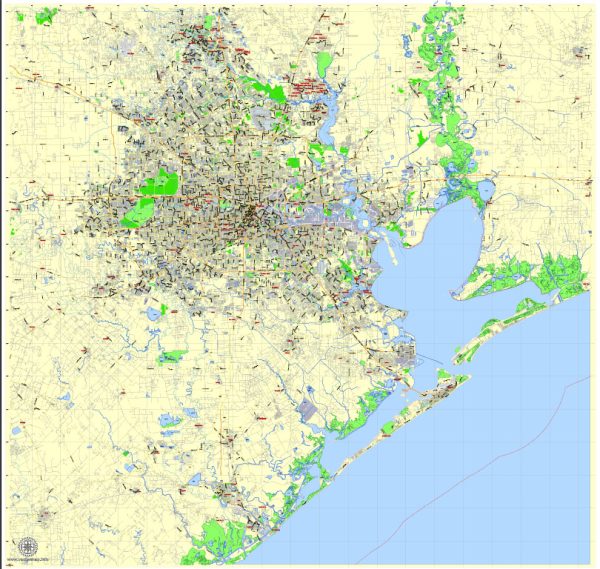
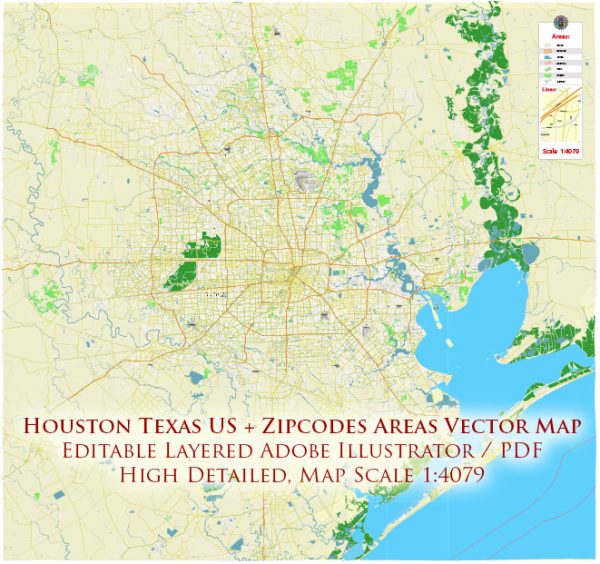
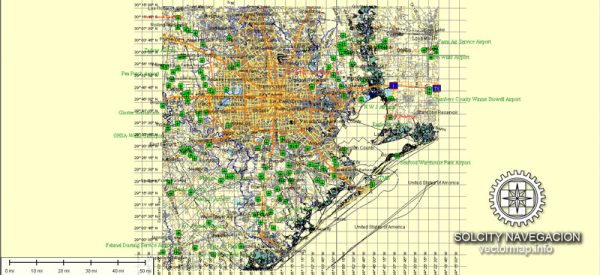
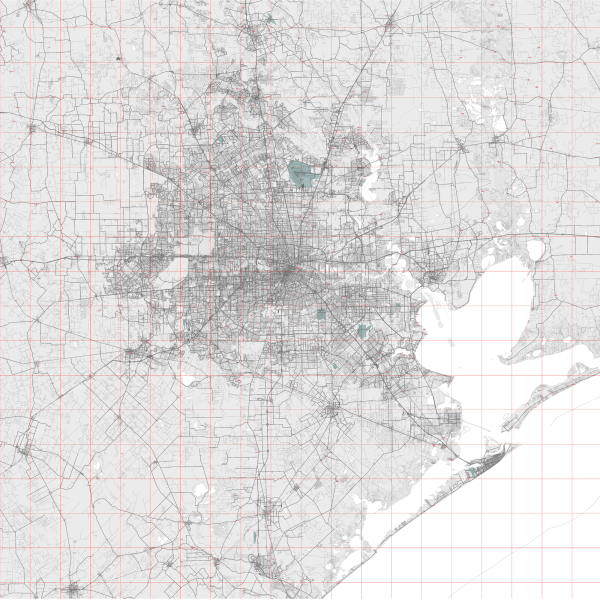
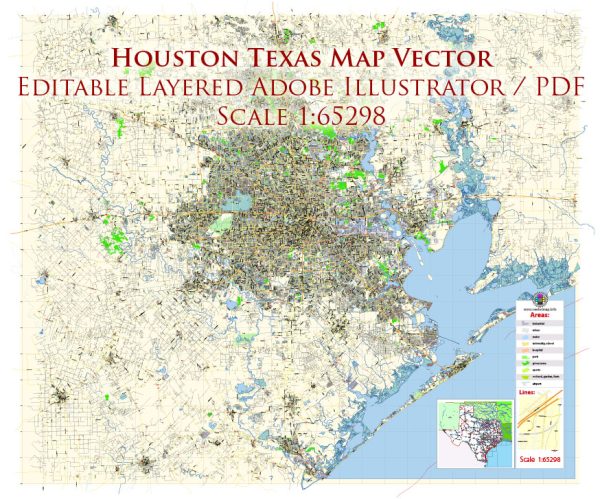
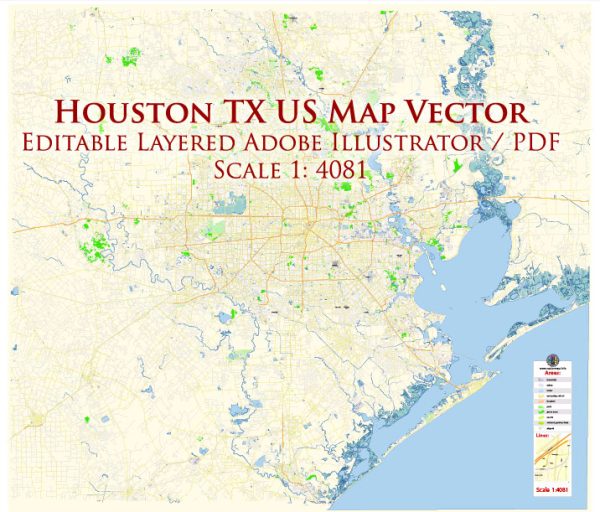
 Author: Kirill Shrayber, Ph.D.
Author: Kirill Shrayber, Ph.D.